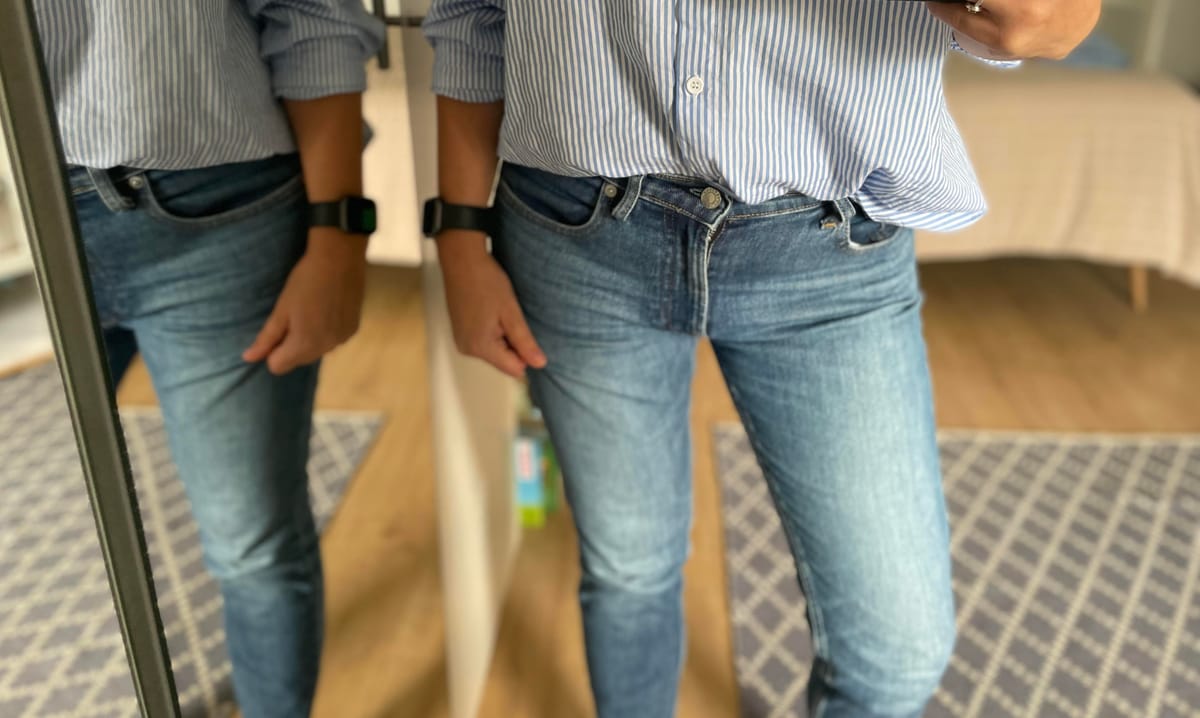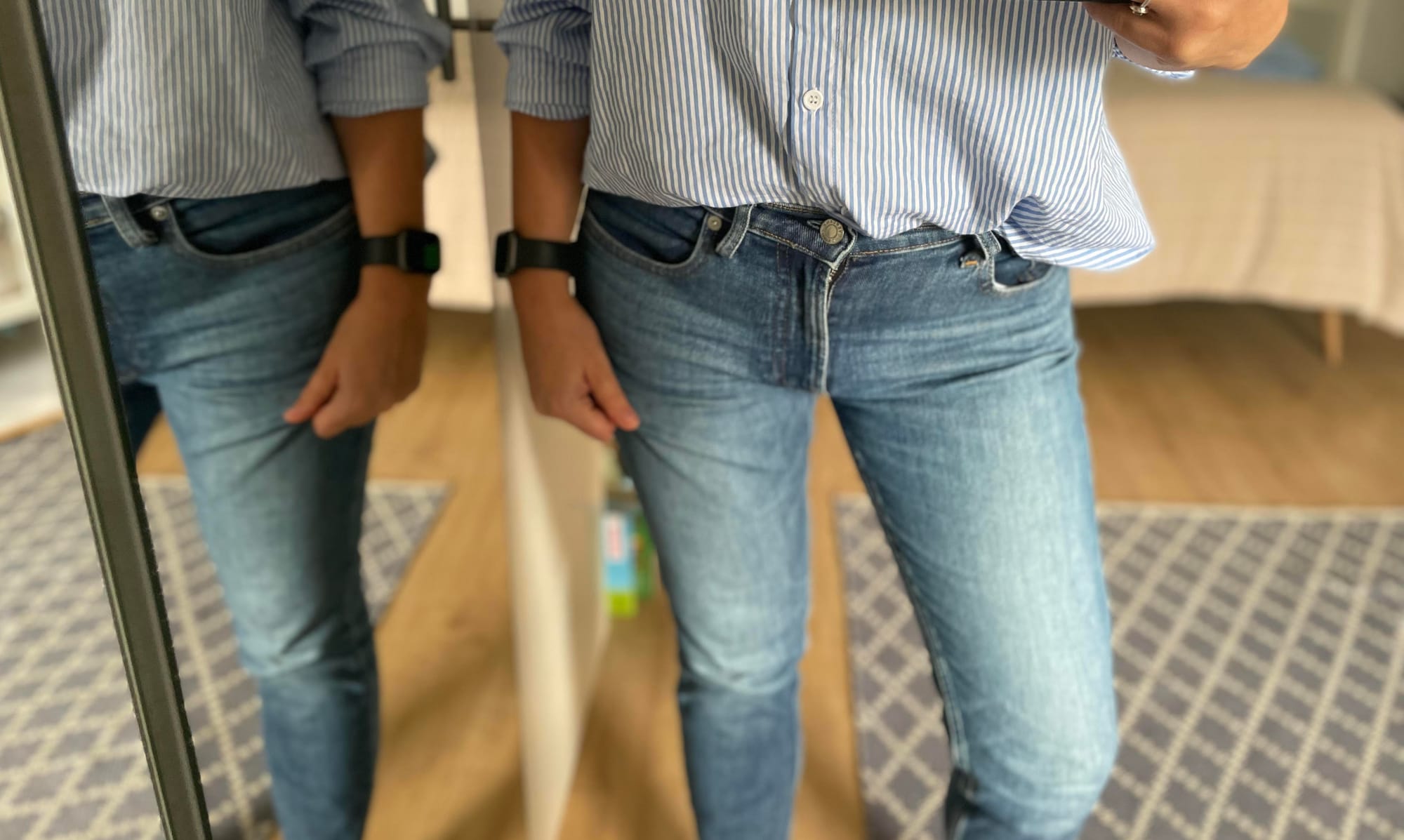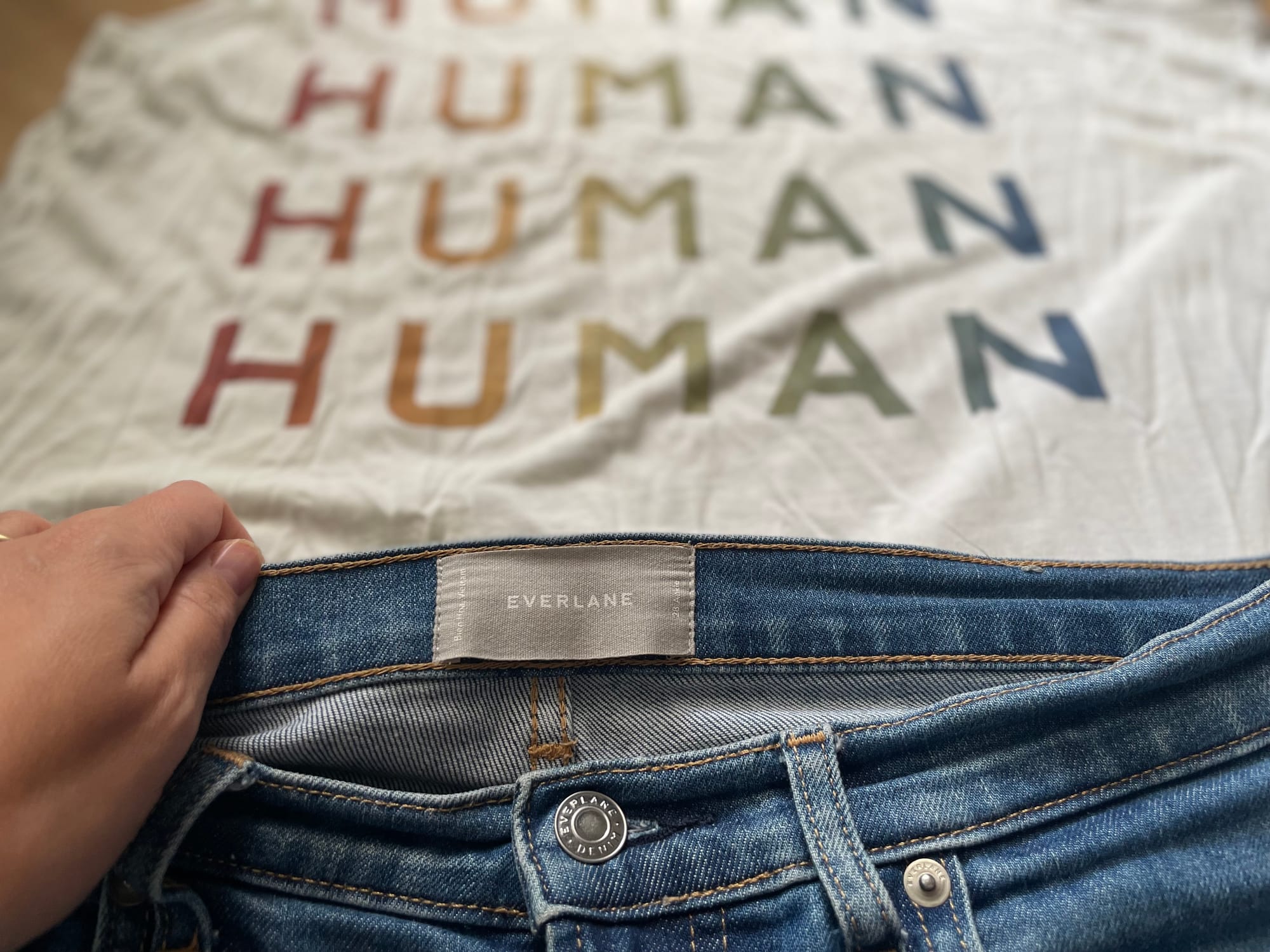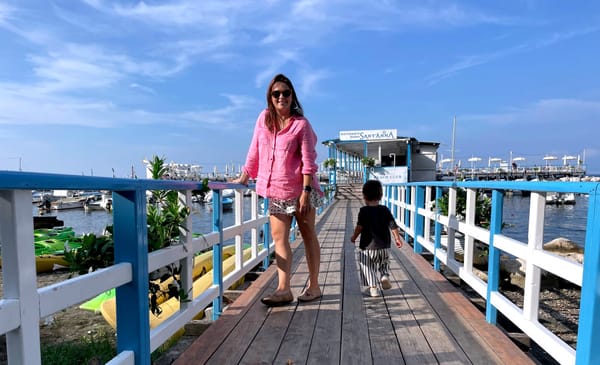Greenwashing: the case of Everlane

Greenwashing is a marketing tactic. It is a way of describing the company and its products as being more sustainable than it is in reality. In other words, lying about how sustainable, eco, organic, respectful a company is. As an example, you may run 2km once a month but you declare yourself as a runner. Are you equally a runner as your colleague who is running every 2 days and at least 8 km? Clearly, not.
The same happens with the companies: one company may produce some of their products with organic cotton or recycled polyester but promote themselves via marketing campaigns as they would be globally “organic” and respectful with the natural resources. As with the example of the runner, this is misleading. It is an exaggeration of the small good that’s being made. And one campaign after another, this practice creates the image that the company is “indeed green” and also the customers’ perception as that company “is good and its products organic”.
Fast fashion and Greenwashing
Greenwashing strategy is being practiced by all companies no matter the size, location or industry. Fast fashion is a perfect case for this tactic (read more about fast fashion here). And the typical example for Greenwashing in fashion is H&M.
Fashion activists are almost crying when they hear naive customers saying that H&M is a sustainable brand. Just one small argument that I learnt from Venetia La Manna, a very cool fashion activist. Less than 1% of H&M products were actually made of organic cotton or could be somehow sustainable. Therefore, to publish campaigns, social media posts saying how “green” the company may be, it is misleading, exaggerating and even lying.
And sustainability in fashion is not, and it should not be, only about the fabrics. Where clothes are being produced, who is making them, how these persons are working, how the products are being shipped, stored etc are maybe even more important as the fabrics. And with the production in countries such as China, Vietnam, Pakistan, where many legal norms (including human rights) are not respected, a company as H&M can’t be sustainable. Plus the contamination due to shipping from those countries to the main clients in Europe or USA, plus the differences in wages, the working conditions are only some of the aspects that should be taken into consideration when we evaluate a company as sustainable or not.
A sustainable brand is not promoting shopping
One idea that always surprises my students or the audience when I’m talking about sustainable brands is the following:
If a brand is inviting customers to buy as often as possible (using coupons, discounts, new collections etc), that brand is definitely NOT a real sustainable brand.
A sustainable brand should have as its foundation the aim to produce durable products, at a fair price and with a timeless design. And by timeless I am referring to not having their products attached to a specific trend, because we know trends are like waves: coming and going away some faster than others.
Having aggressive marketing campaigns and constantly inviting the customers to buy MORE is creating consumerism. And consumerism is the opposite of a sustainable lifestyle.
When we created the platform The Sustainable List, I was researching all the brands and choosing those that were meeting many of the sustainable standards. One of the brands that appeared to me to be “a sustainable fashion brand” was Everlane. An American brand that I perceived as transparent in what they were doing. It was quite often mentioned by the “sustainable fashion influencers”. This alone should have drawn my attention! Because, in the end, influencers have bills to pay too. However, once we published our website, some visitors wrote to us and mentioned that Everlane is not actually a sustainable fashion brand. I was intrigued by those comments. I remember that I was thinking something like “Well, there is no pure sustainable company anyway” … (sorry!)

I had my Everlane greenwashing too
I have to confess that even I fell into the trap of their greenwashing practices back in 2017. I bought jeans, a sweatshirt and a top tank for my husband. The campaign entitled “100% Human” was quite impactful. But, I didn’t like the feeling of the sweatshirt, so I gave it to a friend this year (2023) because I was not wearing it. The design of the jeans is cool (check photo below), but they are too big for my normal body shape. They were fitting OK-ish when I was having some extra kilos: a few months pregnant, post-partum or after the 4-month lockdown.
I didn’t repeat the shopping because (1) they are from so far away (USA) therefore the shipping is contaminating, (2) it’s too risky not to find the right size and I want to avoid returns and (3) with the information that I now have, it’s impossible to buy new items from them.

Everlane guilty for Greenwashing
However, the red flag was up! Since those comments I started to pay a closer look to what the company is doing. I signed up to the newsletter. And yes, after months of analysing it I can say to myself that Everlane is “shouting” in my Inbox very often.
1. Too many emails
One thing that a subscriber can easily notice is the huge quantity of emails/notifications. To have a new “invite to shopping” every two days, or some days even twice a day… it’s not sustainable!
In the month of April, I have received 36 emails. I saved the emails with the purpose if this research. So, 36 emails in one month only.
My Inbox and the too-many emails from Everlane
2. ” Last chance”, “New in”, “Don’t miss out”
The second aspect of their marketing is that the messages are exactly as any other fashion brands. They focus on “new” items, that “just dropped in”, “discounts”, “last chance” – marketing techniques used to create a state of fear that you may be losing a unique opportunity. Let me tell you some reassurance: with this type of company, no worries, next week they will have another campaign.
3. Constantly New Items
And the third thing that makes me perceive this brand as guilty of greenwashing is the constant new items in their online store. When I am thinking of sustainable brands, I am thinking of companies that choose to produce better and LESS.
I was comparing with other real sustainable fashion brands that I know and many of them launch new products only with the change of the season (fall/spring) and not every week! Every week is as often as Zara, H&M, Shein or any fast fashion brand.
Photo by Everlane
4. The bomb: new year, new wardrobe
Besides the quantity of emails, many of their messages are NOT encouraging a sustainable lifestyle. One newsletter dropped the bomb with the message “New year, new wardrobe”. Ahhhh, what? Wait, you so-called sustainable brand is telling me that I should change my wardrobe just because the date in the calendar changed? I was shocked and sad too.
- I was thinking how those comments accusing Everlane of greenwashing were actually right.
- I was thinking how hard it is to find the right brands when you really want to maintain a more conscious lifestyle…
- I was thinking how important research is before deciding for one company or another.
The most sustainable item is the one that already exists
In the end, I came back to one basic idea:
The most sustainable item is the one you already have!
This invites us to use more of what we have, to carry for what we already have and to say NO to these constant invitations from brands, no matter if they call themselves sustainable or not.
Nonetheless, I am the first to admit that this it’s easier said than done. I like to play with clothes, and to try new designs, new colour combinations, to adapt my wardrobe to my lifestyle and the needs of the moment. It’s definitely not easy to balance the need for self-expression through clothes and the desire to maintain a sustainable lifestyle.
“Trendy” hugs from sunny Valencia, Andreea!
P.S.: I’ve been trying for two weeks to unsubscribe from Everlane’s newsletter. Impossible! … so yet another proof of unfairness



